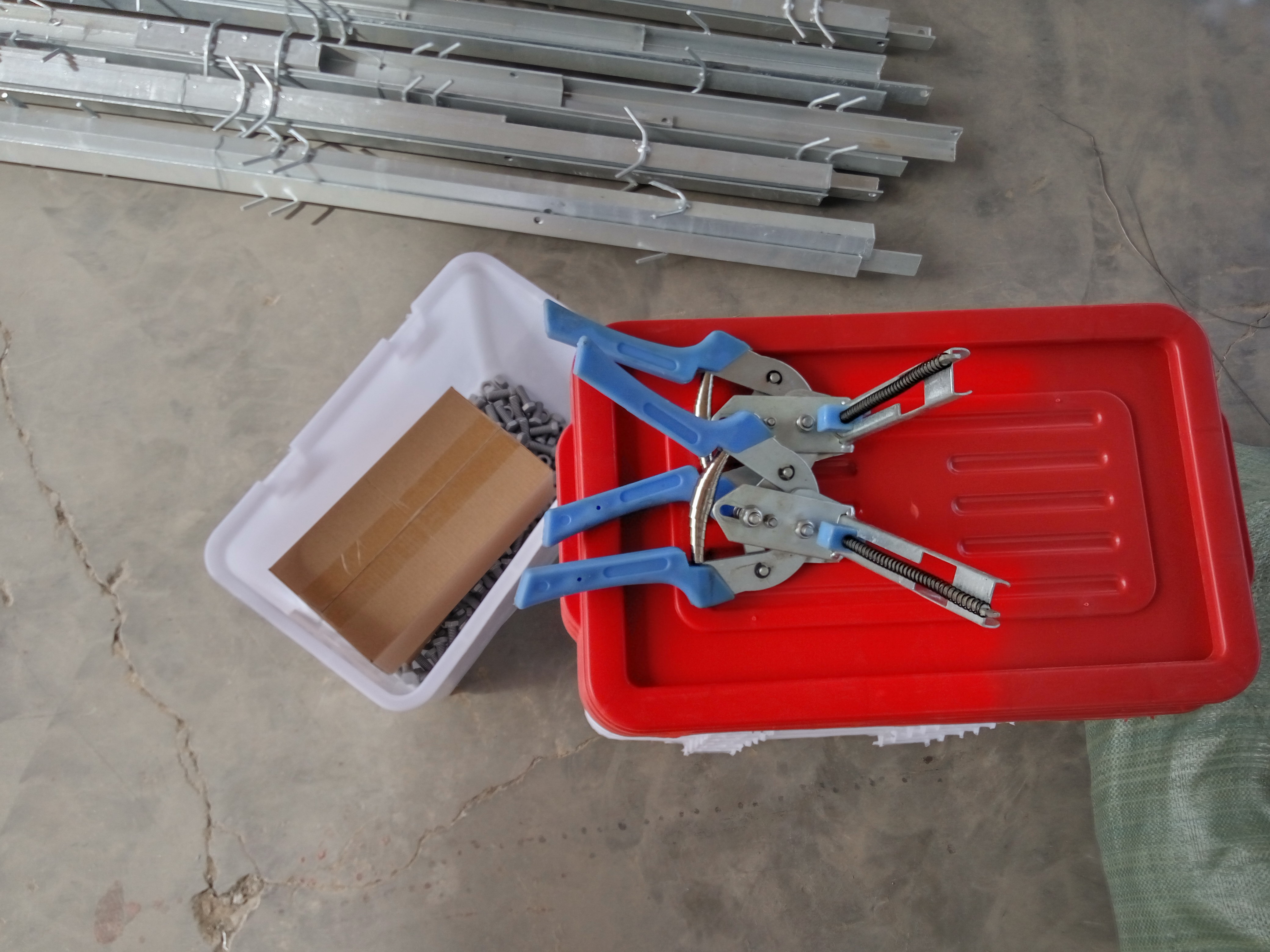Exploring Innovative Solutions for Sustainable Poultry Farming through Advanced Cage Systems
Aug . 06, 2024 09:06 Back to list
Exploring Innovative Solutions for Sustainable Poultry Farming through Advanced Cage Systems
The Importance of Poultry Farm Cages in Modern Agriculture
Poultry farming has become an essential component of global agriculture, providing a significant source of protein for millions of people worldwide. As the demand for poultry products continues to grow, farmers are increasingly focusing on the efficient management of their livestock. One crucial aspect of modern poultry farming is the use of cages, which play a vital role in ensuring the health, productivity, and welfare of birds.
Poultry farm cages, commonly used for chickens, ducks, and other domesticated birds, offer a controlled environment where the animals can live and thrive. One of the primary advantages of using cages is space optimization. In traditional free-range systems, birds often have access to large outdoor areas, which can lead to challenges in management, especially regarding feeding, watering, and disease control. Caged systems allow farmers to maximize the number of birds raised in a given area, leading to increased production without requiring significantly more land.
Furthermore, cages contribute to the health and welfare of poultry. By providing a defined space for each bird, cages help reduce aggressive behavior that can occur in overcrowded conditions. For instance, hens kept in cages are less likely to engage in harmful pecking or fighting behaviors, which can lead to injuries and stress. Additionally, management practices are simplified in caged environments, allowing for better monitoring of individual birds, which is crucial for early detection of health issues.
Another significant benefit of poultry farm cages is biosecurity
. Caged systems minimize contact between flocks, making it easier to manage the spread of diseases. This is particularly important in the face of outbreaks such as avian influenza, which can devastate poultry populations. Farmers can implement strict biosecurity measures more effectively in caged setups, reducing the risk of contamination from external sources and among different groups of birds.poultry farm cages

Moreover, cages help streamline feeding and watering processes, ensuring that all birds have access to adequate nutrition and hydration. Automated feeding systems can be implemented in caged environments, allowing for precise control over the diet of the flock. This helps improve feed conversion rates, meaning birds can reach market weight faster and more efficiently, ultimately benefiting the farmer's bottom line.
Despite the numerous advantages, the use of cages in poultry farming has not been without controversy. Animal welfare advocates often raise concerns about the living conditions of caged birds, arguing that confinement can lead to physical and psychological distress. In response, many farmers and producers are exploring alternative housing systems, such as enriched cages, which provide birds with more space and the ability to engage in natural behaviors like perching and nesting.
The trend towards more humane farming practices is driving innovation within the industry. Many countries are adopting regulations that promote cage-free systems or enriched environments, thus balancing productivity with animal welfare considerations. This evolution reflects a growing awareness among consumers about the conditions in which their food is produced. As a result, farmers are compelled to adapt to ensure compliance with these changing standards while still meeting market demands.
In conclusion, poultry farm cages are a critical aspect of modern poultry production, optimizing space, enhancing biosecurity, and improving animal management. While there are valid concerns regarding animal welfare, the industry is moving towards systems that address these issues while maintaining productivity. Striking a balance between efficiency and animal well-being will be essential as poultry farming continues to evolve in the future. As advancements in farming techniques and consumer preferences shape the industry, the role of cages will undoubtedly adapt, paving the way for a more sustainable poultry farming approach.
-
Automatic Feeding Line System-Pan Feeder Nipple Drinker|Anping County Yize Metal Products Co., Ltd.
NewsJul.29,2025
-
Hot Sale 24 & 18 Door Rabbit Cages - Premium Breeding Solutions
NewsJul.25,2025
-
Automatic Feeding Line System Pan Feeder Nipple Drinker - Anping County Yize Metal Products Co., Ltd.
NewsJul.21,2025
-
Automatic Feeding Line System Pan Feeder Nipple Drinker - Anping County Yize Metal Products Co., Ltd.
NewsJul.21,2025
-
Automatic Feeding Line System - Anping Yize | Precision & Nipple
NewsJul.21,2025
-
Automatic Feeding Line System - Anping Yize | Precision & Nipple
NewsJul.21,2025






